Advice From Food Scientists on Keeping Salad FRESH!
Last month food researcher and writer for marthastewart.com, Kirsten Nunez, wrote a truly helpful article on advice from food scientists regarding keeping bagged salads fresher longer. You might appreciate this information, because according to them, we can say goodbye to slimy, wilted spring mix and baby spinach forever!
Pre-bagged, pre-washed greens are a terrific convenience. But finding wilted, slimy leaves in the bag just a few days after purchasing can override this convenience.
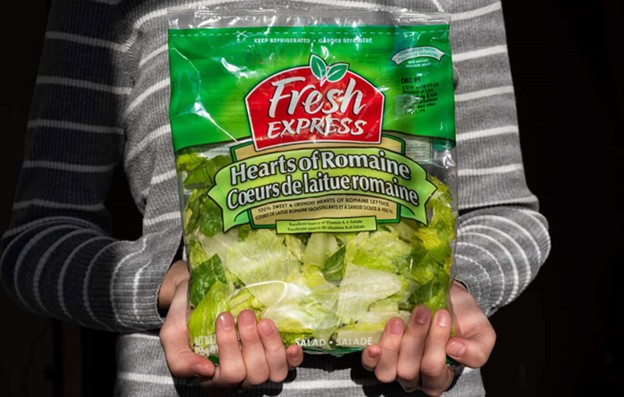
It was this issue that led Kirsten to talking to several food scientists at Cornell University, the United States Department of Agriculture (USDA), and Michigan State University.
Everyone she talked to were in agreement: Regardless of the type of leafy green vegetable, the same general storage rules apply. The optimal approach begins before you even get home from the supermarket by storing the greens in an insulated cooler bag. Otherwise, the package of greens will be exposed to ambient temperature before it enters the fridge, thereby increasing the risk of condensation (moisture). This can shorten the shelf life of your salad leaves, as moisture encourages rapid deterioration.
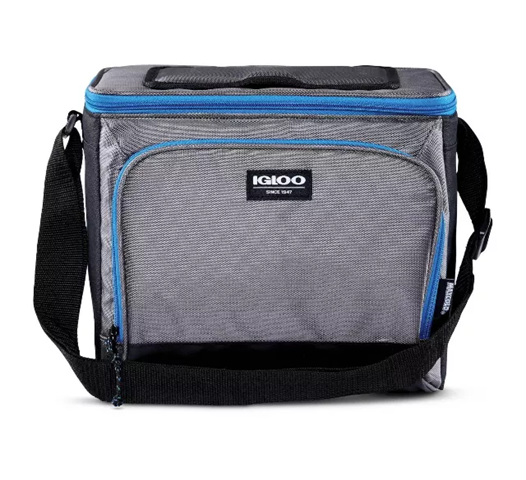
In researching the best insulated cooler bags, the one that shows up as the best bang for the buck is the Igloo. It runs around $26 and you can find it at Walmart and Target. It doesn’t rate well for long-term cooling, but that’s not what you’re after, here. You just want something to keep the greens protected from the ambient temperature that jumpstarts deterioration.
At home, place unopened bags of leafy greens straight into the refrigerator. (One point these scientists made was to be sure your fridge is set to the correct temperature of 40 degrees Fahrenheit or below). This is essential for keeping food (leafy greens or otherwise) fresh and safe. If you're unsure of your fridge's temperature, put a refrigerator thermometer in the warmest part of your door—typically, close to the door—to monitor its temperature.
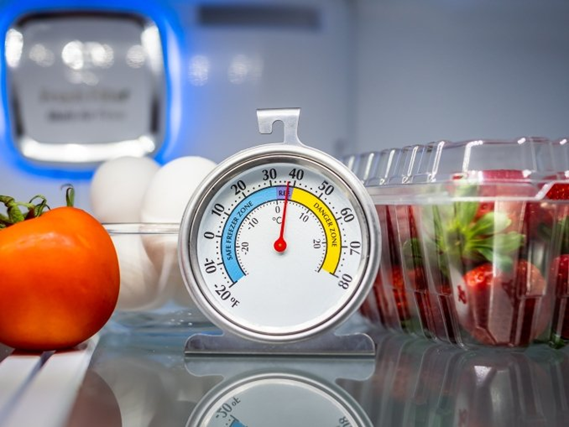
Once the salad is opened, you'll want to continue minimizing condensation in the bag. To do this, place a clean paper towel inside the bag and seal it with a chip clip. The paper towel will help absorb any condensation that might develop during storage. And if you’re buying boxed greens, use the same methods outlined above.
In either case, the best place to store leafy greens is in the fridge’s crisper drawer. This part of your fridge will maintain high humidity and help the leafy greens stay fresh.
And know this: it’s not always necessary to toss greens according to the "Best By" date. Most bags or boxes of greens show two dates—“Best By” and “Expiration.” The "Best By" date is an indicator for quality, not food safety or science. The “Expiration” dates refer to food safety, as they tell you the last day it's safe to eat the food.
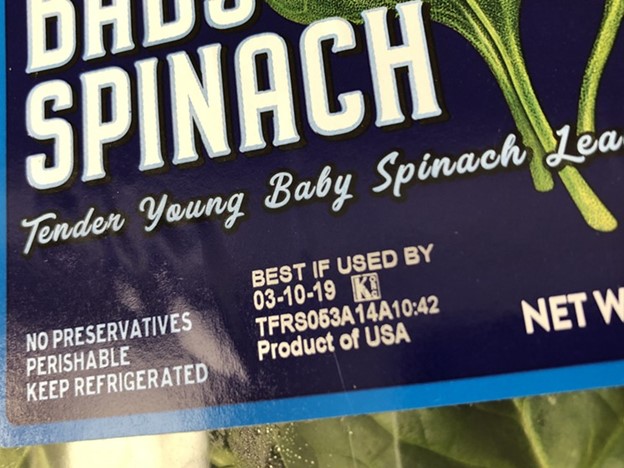
Therefore, if the "best by" date has passed, you might still be able to eat the greens—but they might not have the same quality, taste, and freshness as before. You’ll know they’re good to eat if the leaves still look firm and [there's] no visible deterioration of the leaf tissue.
But we all know when they’ve gone bad. We see wilting, sliminess, change of color, and detect a foul odor. Since spoilage usually occurs at the bottom of the bag first, that would be the place to first start looking. (Spoiled leaves will produce an off-colored liquid, which often accumulates at the bottom.)

In closing, the last advice these food scientists gave for greens to last longer, is to forgo convenience and consider choosing whole heads or bunches, rather than bagged greens. They explain that cutting or chopping changes the leaf's biochemistry, making the tissues vulnerable to bacterial contamination. Specifically, the cells in the tissues release their contents, which serve as food for spoilage microorganisms.
This means that since bagged and boxed greens are typically precut (except for baby spinach), they generally have a shorter shelf life (three to five days) than whole heads (one to two weeks) after the date of purchase.
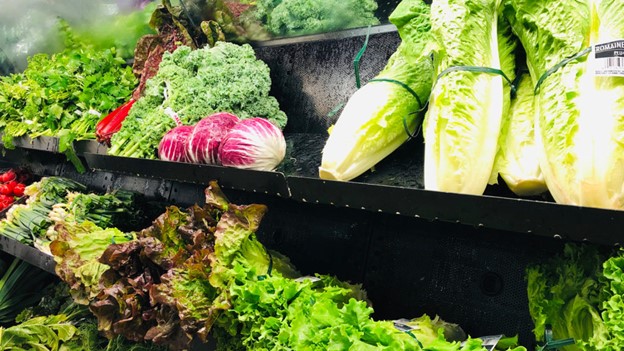
Thus, buying whole heads of lettuce or bunches of spinach will let you determine when the leaves are cut. Not to mention, whole heads are usually less expensive, so the switch will also help you save money.
Pre-bagged, pre-washed greens are a terrific convenience. But finding wilted, slimy leaves in the bag just a few days after purchasing can override this convenience.

It was this issue that led Kirsten to talking to several food scientists at Cornell University, the United States Department of Agriculture (USDA), and Michigan State University.
Everyone she talked to were in agreement: Regardless of the type of leafy green vegetable, the same general storage rules apply. The optimal approach begins before you even get home from the supermarket by storing the greens in an insulated cooler bag. Otherwise, the package of greens will be exposed to ambient temperature before it enters the fridge, thereby increasing the risk of condensation (moisture). This can shorten the shelf life of your salad leaves, as moisture encourages rapid deterioration.

In researching the best insulated cooler bags, the one that shows up as the best bang for the buck is the Igloo. It runs around $26 and you can find it at Walmart and Target. It doesn’t rate well for long-term cooling, but that’s not what you’re after, here. You just want something to keep the greens protected from the ambient temperature that jumpstarts deterioration.
At home, place unopened bags of leafy greens straight into the refrigerator. (One point these scientists made was to be sure your fridge is set to the correct temperature of 40 degrees Fahrenheit or below). This is essential for keeping food (leafy greens or otherwise) fresh and safe. If you're unsure of your fridge's temperature, put a refrigerator thermometer in the warmest part of your door—typically, close to the door—to monitor its temperature.

Once the salad is opened, you'll want to continue minimizing condensation in the bag. To do this, place a clean paper towel inside the bag and seal it with a chip clip. The paper towel will help absorb any condensation that might develop during storage. And if you’re buying boxed greens, use the same methods outlined above.
In either case, the best place to store leafy greens is in the fridge’s crisper drawer. This part of your fridge will maintain high humidity and help the leafy greens stay fresh.
And know this: it’s not always necessary to toss greens according to the "Best By" date. Most bags or boxes of greens show two dates—“Best By” and “Expiration.” The "Best By" date is an indicator for quality, not food safety or science. The “Expiration” dates refer to food safety, as they tell you the last day it's safe to eat the food.

Therefore, if the "best by" date has passed, you might still be able to eat the greens—but they might not have the same quality, taste, and freshness as before. You’ll know they’re good to eat if the leaves still look firm and [there's] no visible deterioration of the leaf tissue.
But we all know when they’ve gone bad. We see wilting, sliminess, change of color, and detect a foul odor. Since spoilage usually occurs at the bottom of the bag first, that would be the place to first start looking. (Spoiled leaves will produce an off-colored liquid, which often accumulates at the bottom.)

In closing, the last advice these food scientists gave for greens to last longer, is to forgo convenience and consider choosing whole heads or bunches, rather than bagged greens. They explain that cutting or chopping changes the leaf's biochemistry, making the tissues vulnerable to bacterial contamination. Specifically, the cells in the tissues release their contents, which serve as food for spoilage microorganisms.
This means that since bagged and boxed greens are typically precut (except for baby spinach), they generally have a shorter shelf life (three to five days) than whole heads (one to two weeks) after the date of purchase.

Thus, buying whole heads of lettuce or bunches of spinach will let you determine when the leaves are cut. Not to mention, whole heads are usually less expensive, so the switch will also help you save money.
 Alice Osborne
Alice Osborne
Weekly Newsletter Contributor since 2006
Email the author! alice@dvo.com
